3rd Quarter Newsletter 2024
for the Leavenworth Nutcracker Museum
This page is best viewed on a PC or tablet.
THE
MANY WOODS USED IN MAKING NUTCRACKERS
Wood has been used to
make nutcrackers since ancient times. Primitive wooden nutcrackers were made
by joining two pieces of wood together with leather straps or a metal hinge. An
indentation would be made in the wood to hold the nut in place so it would
not roll away when pressure was applied. Carvers were creating
nutcrackers in the likeness of animals and humans by the 15th century,
and by the 18th century the wood turners in Germany
were making nutcrackers in the wooden toy soldier shape that we see in all
the shops at Christmas time. These also served as children’s toys and it was
believed they would protect the family while the man was away at work.
WOODS FOR TURNED
NUTCRACKERS
Woods for
turned nutcrackers come from deciduous trees, usually linden, but spruce,
beech, lime, and birch are also used. The rings must be
homo-genius, that is, the rings must be evenly spaced. Most trees used to
make nutcrackers are cut from land about 600 to 800 meters in elevation. At
these elevations the rings are closer together making for a better wood to
turn. In low flat land trees grow too fast, and the wood Is
not as compact. The men harvesting wood for nutcrackers prefer
trees between 80 to 150 years old and are between 15 and 20 inches in
diameter.
Drying time is not
counted until the wood is sawed into slices of various thicknesses, and then
it must be dried for at least 2 years. Wood is a living raw
material, and cells in a tree can live as long as 15 years after the tree is
cut down. It is easy to dry any rain that falls on the lumber,
but it is the sap that must be dried. Wood dried properly will
not crack.
WOODS FOR CARVED
NUTCRACKERS
Carvers would usually
use whatever wood grew in their area, but master carvers preferred boxwood
for their intricately crafted special pieces. Boxwood is a
dense hardwood with a fine, even texture and attractive natural luster. It
is resistant to splitting and chipping and is suitable for the smallest
detailed micro-carving. Other woods preferred by master
carvers are yew, beech, walnut, and fruitwoods. Anri carvers use the slow
growing Cembra Pine that grows high in the Alps.
Sometimes the shape of
the piece of wood will inspire a carver such as the Russian bent wood
figure, the Austrian curled tree root nutcracker, or even the dog from a
wood burl made by a German carver.
|
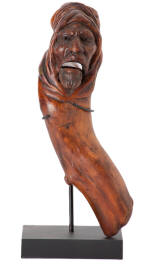
|
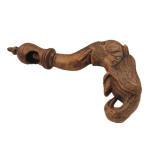
|
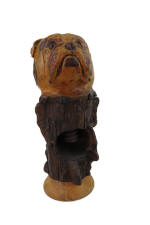
|
|
Bent Wood
|
Tree Root
|
Wood Burl
|
Going through the
museum, we discovered 36 different wood specimens in the nutcrackers on
display!
|
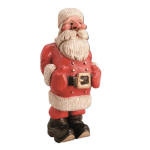
|
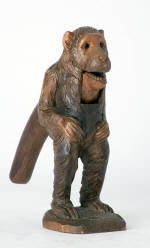
|
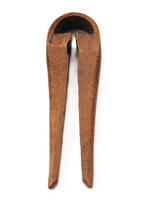
|
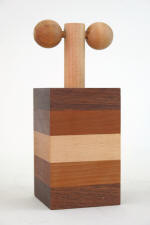
|
|
Alaskan Cedar
|
Alder Wood
|
Ash Wood
|
Australian Woods
|
|
|
|
|
|
|
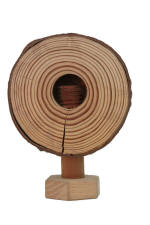
|
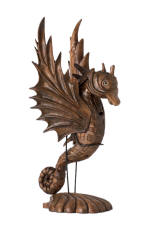
|
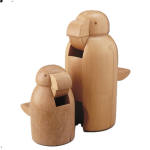
|
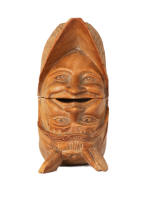
|
|
Avocado Wood
|
Bass Wood
|
Beech Wood
|
Birch Wood
|
|
|
|
|
|
|
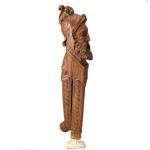
|
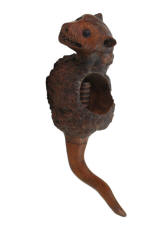
|
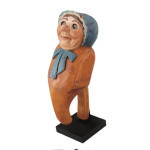
|
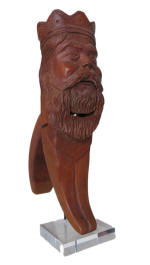
|
|
Box Wood
|
Briarwood Root
|
Cembra Pine
|
Cherry Wood
|
|
|
|
|
|
|
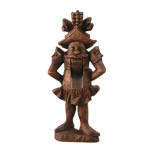
|
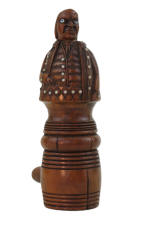
|
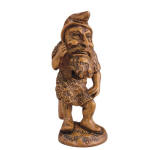
|
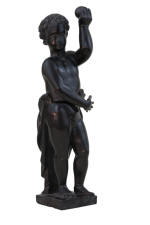
|
|
Conifer Wood
|
Coquilla Nut Wood
|
Deciduous Wood
|
Ebony Wood
|
|
|
|
|
|
|
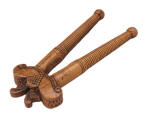
|
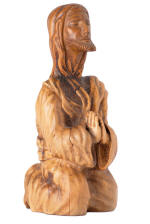
|
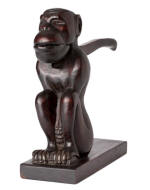
|
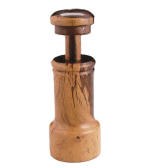
|
|
Fruit Wood
|
Hammerwood
|
Iron Wood
|
Liggum Vitae
|
|
|
|
|
|
|
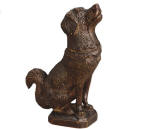
|
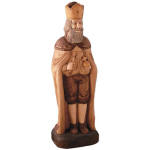
|
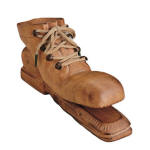
|
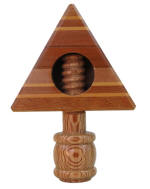
|
|
Lime Wood
|
Linden Wood
|
Maple Wood
|
New Zealand Woods
|
|
|
|
|
|
|
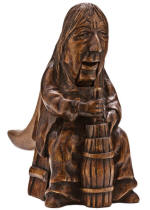
|
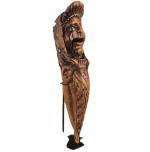
|
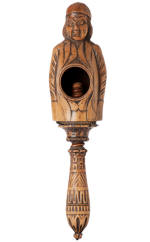
|
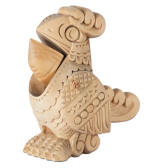
|
|
Oak Wood
|
Olive Wood
|
Pear Wood
|
Poplar
|
|
|
|
|
|
|
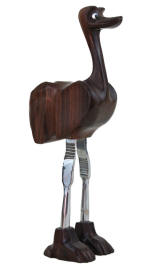
|
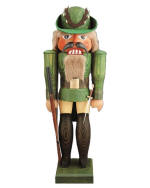
|
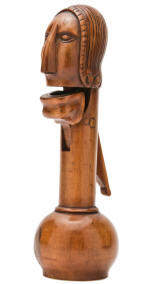
|
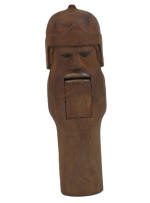
|
|
Rose Wood
|
Spruce Wood
|
Sycamore
|
Teak Wood
|
|
|
|
|
|
|
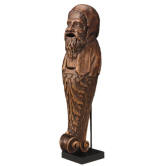
|
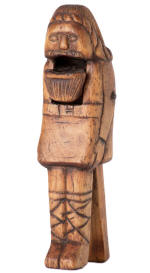
|

|
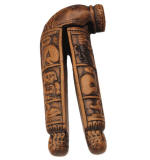
|
|
Walnut
|
White Birch
|
White Oak
|
Yew wood
|
Contact Us
Monday - Saturday 11-5pm
Sunday - 11-4:30pm
We suggest visitors arrive at least 30 minutes before closing.

 Nutcracker
Museum
Nutcracker
Museum





































